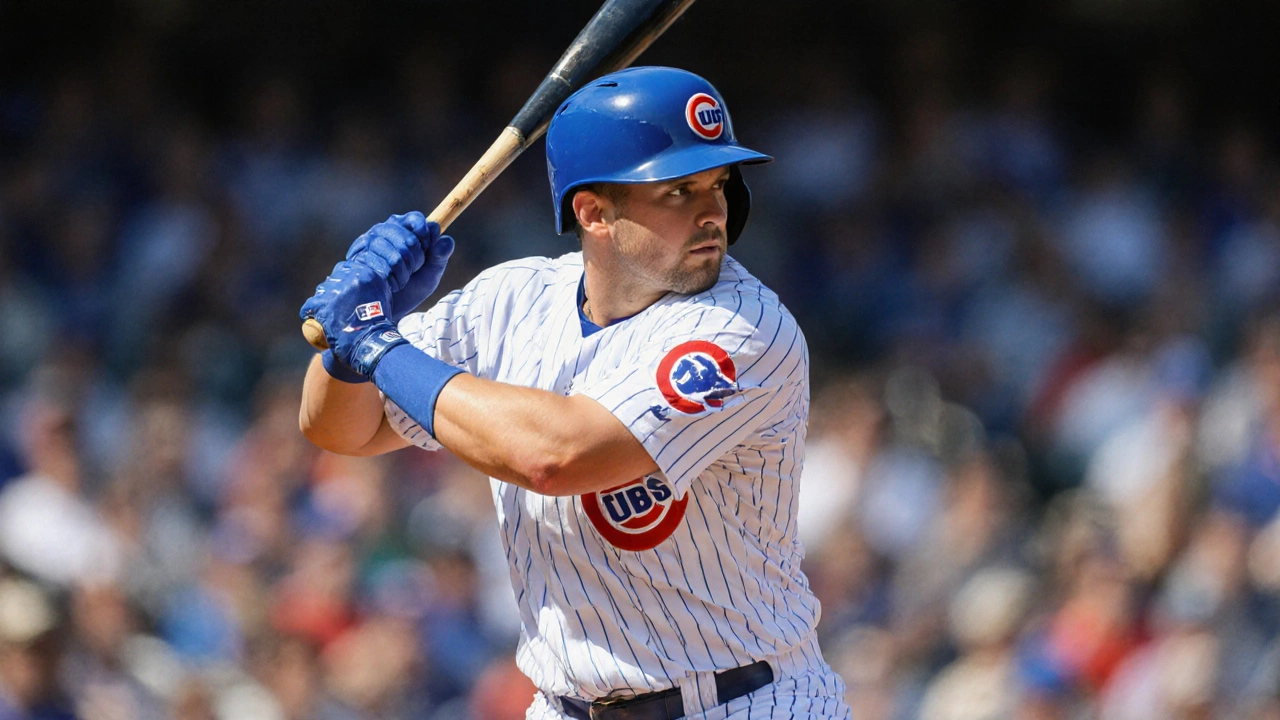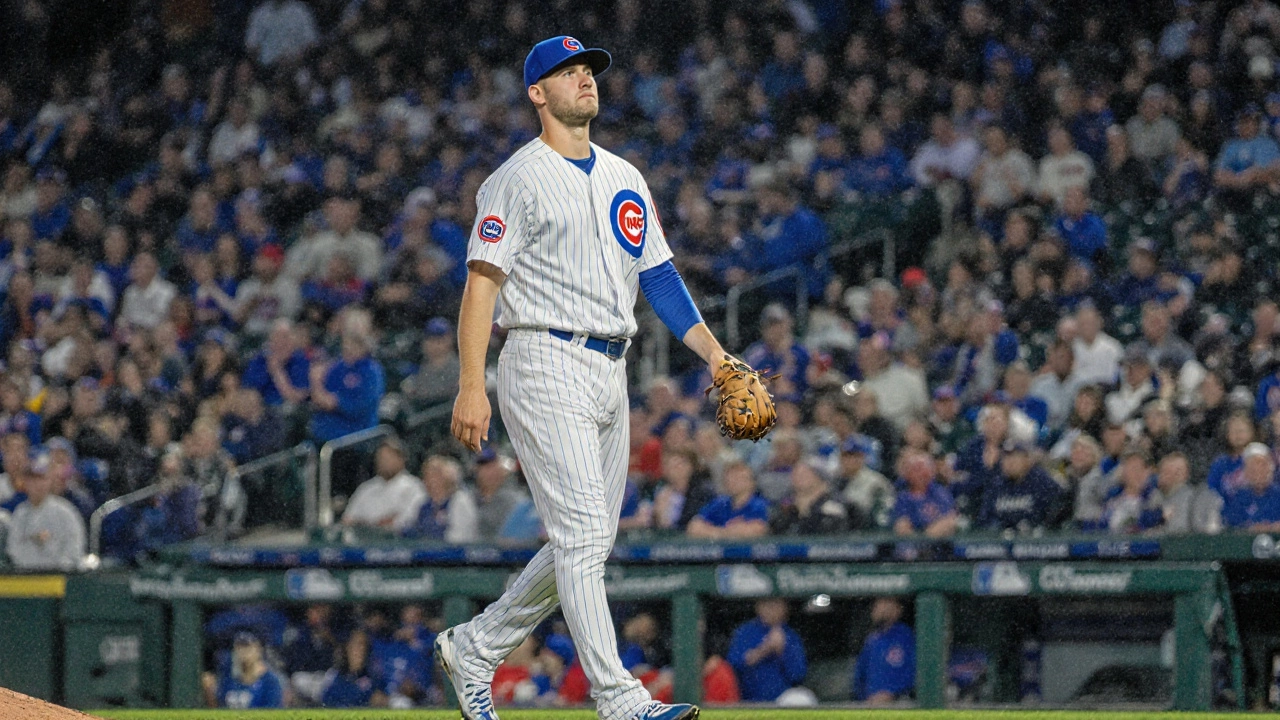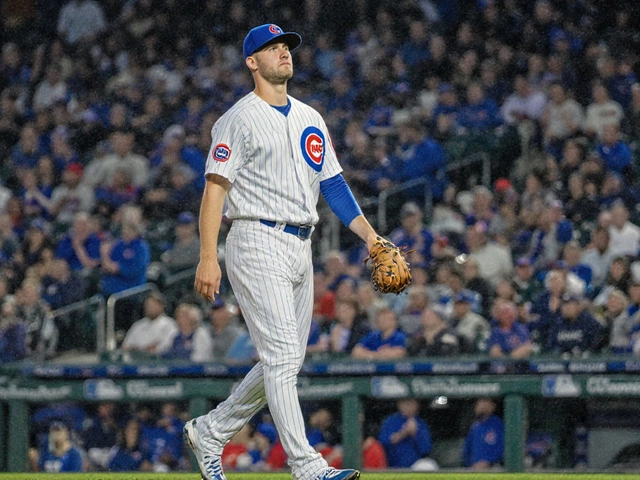What happened on Tuesday?
During a tight game against the New York Mets, the Chicago Cubs saw one of their brightest young arms leave the mound after a mere 29 pitches. Manager Craig Counsell initially described the exit as a respiratory issue – the rookie was coughing hard, his breathing “tight,” and he needed a break. Horton himself confirmed he felt a constriction in his chest, attributing the problem to a weekend bug the team picked up in Cincinnati.
Within minutes, the narrative shifted. The club announced that Horton would undergo an MRI, a step that rarely follows a simple cough. Fans, already on edge after a short outing, started asking whether something deeper was wrong.
Adding fuel to the speculation, ESPN insider Jesse Rogers posted a vague, “the chatter def isn’t positive” on social media, refusing to elaborate but clearly hinting at a setback. A replay of the game showed the rookie reaching for a heating pad between innings, a visual clue that many interpreted as a back‑related problem rather than a lung issue.

What the injury could mean for Chicago
If the MRI confirms a back strain, the Cubs could lose a pivotal piece of their rotation just as they gear up for their first playoff run since 2020. Cade Horton has posted a rookie ERA under 3.00, contributed 12 quality starts, and has become a go‑to option for middle‑relief work when the bullpen is stretched thin. His absence would force manager Craig Counsell to reshuffle the rotation, likely pushing a less experienced arm into a high‑leverage role.
Historically, teams that lose a key starter in October see a dip in win probability. The 2019 Nationals, for instance, missed a crucial start from Max Scherzer due to a hamstring? injury and barely scraped through the NLDS. Chicago could face a similar dilemma: either rely on veteran Pete Fairbanks in a spot‑start capacity or gamble on a bullpen day, both of which carry risk.
- Rotation impact: Without Horton, the Cubs lose a right‑hander who consistently throws 94+ mph with a solid split‑finger fastball, giving the staff fewer high‑velocity options.
- Bullpen strain: The bullpen, already dealing with a calf issue on slugger Kyle Tucker (note: typo in original, should be pitcher), may be forced into longer outings, increasing fatigue.
- Psychological effect: Young players often feed off each other’s momentum; losing a teammate in a critical moment can dent morale.
The front office is reportedly “tight‑lipped,” offering only vague updates. That silence only deepens the rumor mill, with fans and analysts scouring every tweet for clues. The Cubs’ medical staff will likely keep the public narrative minimal until the MRI results are in, then decide whether to release a full injury report or a short statement.
While the team’s season‑long health log shows a relatively clean bill of health for most starters, this incident underscores how quickly a playoff picture can change. If Horton’s back issue is minor – say a muscle strain that heals with rest and ice – the Cubs could still see him in the bullpen for a quick relief appearance. However, if structural damage is discovered, he may be out for the remainder of the postseason.Regardless of the outcome, the situation forces Cubs management to think ahead. They must prepare contingency plans, perhaps by scouting potential trade options for a short‑term arm or by readying a rookie from Triple‑A Iowa to step up. The next few days will be crucial, not only for Horton’s health but for the strategic calculus of a club that finally found its way back to October.

